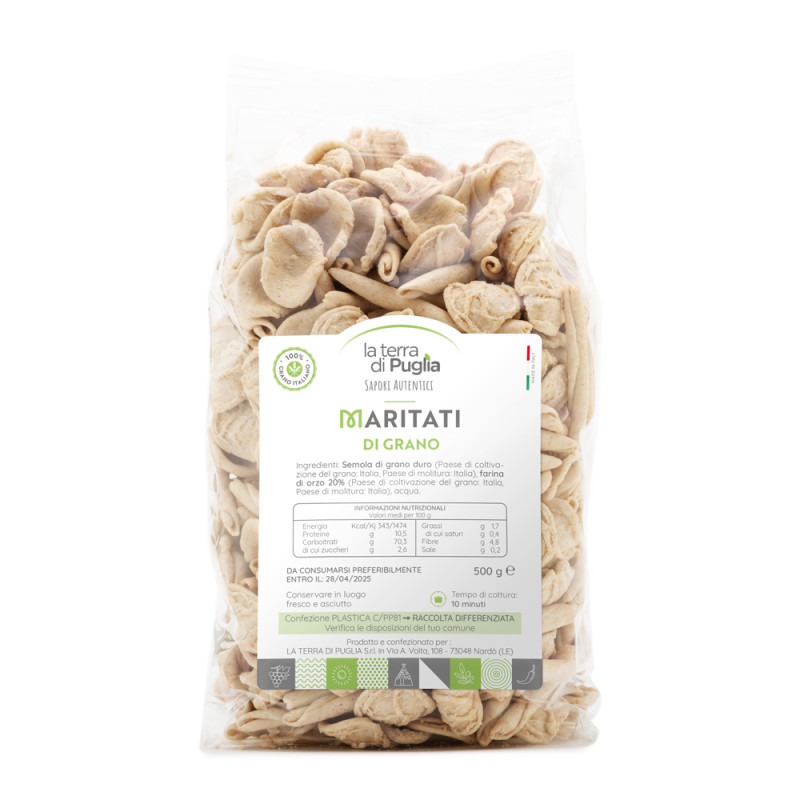Ingredient
buckwheat
Buckwheat - which is often also called black wheat - contains many proteins, as well as vitamins belonging to group B and a large number of mineral salts, starting with calcium, iron and magnesium. Buckwheat is also particularly sought after by those who have an allergy to gluten, since the latter is not naturally present in it. Buckwheat is mainly offered on the market in the form of flour or grains, with the result that it can be combined well in the preparation of dishes with vegetables or legumes, as well as being prepared on its own to obtain polenta or some bread.







